gsgary
Been spending a lot of time on here!
- Joined
- Oct 31, 2008
- Messages
- 16,143
- Reaction score
- 3,002
- Location
- Chesterfield UK
- Website
- www.gsgary.smugmug.com
- Can others edit my Photos
- Photos OK to edit
Have you seen the video of him shooting where he picks up the camera and gives it a quick swirl at the end of exposureYep. His "City of Shadows" series is exactly a case which wouldn't faux blur easily. I'm not about to say it's impossible, but it's certainly beyond the ability of most, and would take hours and a lot of effort to blur in that kind of detail.
ALEXEY TITARENKO | PHOTOGRAPHY


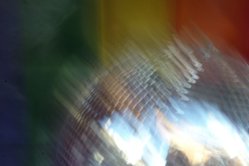


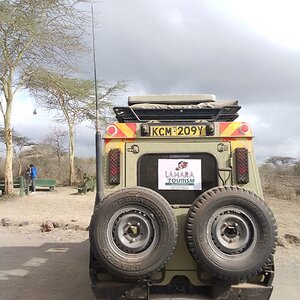
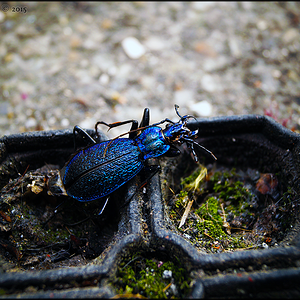
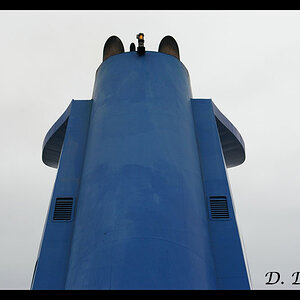
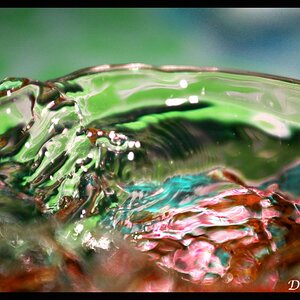
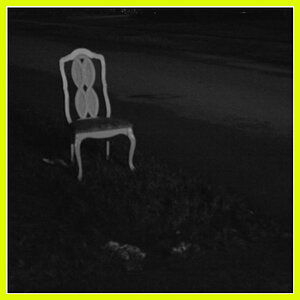

![[No title]](/data/xfmg/thumbnail/42/42062-136a63ad7d0bd740e99ca1fc477f214c.jpg?1619739997)
